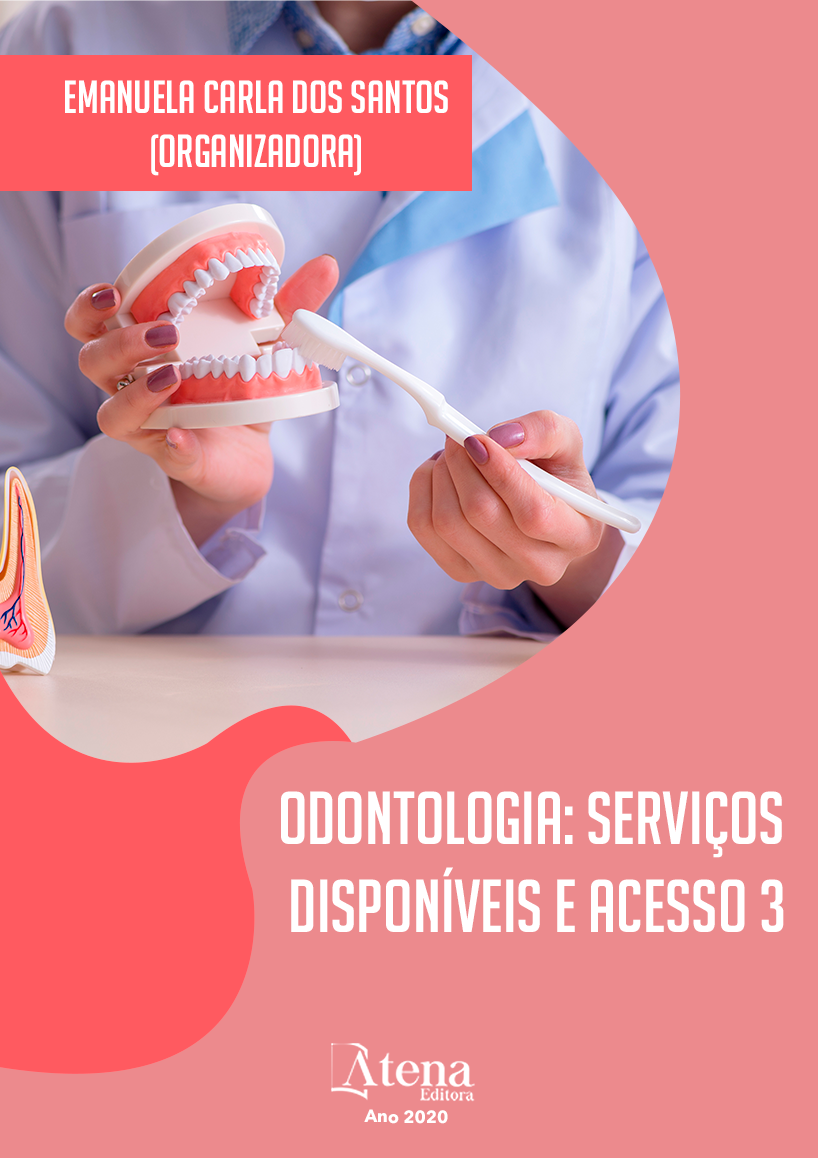
AVALIAÇÃO DA RUGOSIDADE SUPERFICIAL DE RESINAS COMPOSTAS BULK-FILL SUBMETIDAS A IMERSÃO EM DIFERENTES SOLUÇÕES
A rugosidade superficial é um fator determinante no acúmulo de bactérias e na longevidade clínica de um material restaurador. Afim de superar as limitações das restaurações com resinas compostas convencionais, surgiram os compósitos bulk-fill que apresentam modificadores de polimerização e possibilitam a inserção de incrementos únicos de até 5mm. O objetivo desse estudo foi avaliar a rugosidade superficial desses compósitos quando imersos em bebidas de baixo pH. Foram confeccionados 72 amostras, utilizando 2 resinas bulk-fill (Tetric-N-Ceram Bulk-Fill e Filtek Bulk-FiIl) e 1 resina convencional nanoparticulada (Filtek Z350XT). Cada resina foi submersa em 3 diferentes soluções: saliva artificial (SA), Café (CF) e Coca-Cola (CC), onde para as duas últimas soluções foram realizadas imersões diárias de 1h por 30 dias. A rugosidade superficial foi mensurada incialmente (T0), após 7 (T1), 15 (T2) e 30 dias (T3). Foi observado que nenhuma resina apresentou diferenças estatísticas de rugosidade entre as soluções em um mesmo tempo e não houve diferença significante de rugosidade para nenhum grupo quando comparados os tempos de avaliação. No entanto, houve diferenças quando comparado a resina Z350XT com ambas resinas bulk-fill imersas na CC no T2, e com a Tetric-N-Ceram em CC e CF no T3. Pode-se concluir que as resinas do tipo Bulk-Fill, não sofreram alterações significantes de rugosidade no decorrer do tempo, nem apresentaram diferenças significantes quando imersas em soluções de distintos pH, porém em relação a Filtek Z350XT, ambas exibiram valores significativamente maiores após 15 dias de imersões em CC, e a Tetric-N-Ceram apresentou em CF e CC, após 30 dias. Conclui-se que as resinas não sofreram alterações significativas na rugosidade ao longo do tempo, nem apresentaram diferenças significativas quando imersas em diferentes soluções. Contudo quando comparada a resina convencional, as resinas bulk-fill apresentaram rugosidades superiores em maiores períodos de acompanhamento quando imersos nas soluções ácidas.
AVALIAÇÃO DA RUGOSIDADE SUPERFICIAL DE RESINAS COMPOSTAS BULK-FILL SUBMETIDAS A IMERSÃO EM DIFERENTES SOLUÇÕES
-
DOI: 10.22533/at.ed.2012003032
-
Palavras-chave: Materiais dentários, resinas compostas, propriedades de superfície
-
Keywords: Dental materials, composite resins, surface properties.
-
Abstract:
Surface roughness is a determining factor in the accumulation of bacteria and in the clinical longevity of a restorative material. In order to overcome the limitations found in restorations with conventional composite resins, bulk-fill composites emerged that feature polymerization modifiers and allow the insertion of single increments of up to 5mm. The objective of this study was to evaluate the surface roughness of these composites when immersed in low pH drinks. 72 specimens were made using 2 bulk-fill resins (Tetric-N-Ceram Bulk-Fill and Filtek Bulk-FiIl) and 1 conventional nanoparticulate resin (Filtek Z350 XT). Each resin was submerged in 3 different solutions: artificial saliva (SA), coffee (CF) and Coca-Cola (CC), where for the last two solutions, daily immersions of 1 hour for 30 days were performed. Surface roughness was measured initially (T0), after 7 (T1), 15 (T2) and 30 days (T3). It was observed no statistical differences in roughness between the resins in each solutions at the same time and there was no significant difference in roughness for any group when comparing the evaluation times. However, there were differences when comparing the Z350 XT resin with both bulk-fill resins immersed in CC in T2, and with Tetric-N-Ceram in CC and CF in T3. It can be concluded that resins did not undergo significant changes in roughness over time, nor did they show significant differences when immersed in different pH solutions after 30 days. However, when compared to conventional resin, as the bulk-fill resins upper roughness in the longest follow-up intervals when immersed in acid solutions.
-
Número de páginas: 15
- Sirley Raiane Mamede Veloso
- Sheyla Mamede Veloso
- Oscar Felipe Fonseca de Brito
- Luís Felipe Espíndola-Castro
- Gabriela Queiroz de Melo Monteiro
- Fernanda de Araújo Trigueiro Campos


